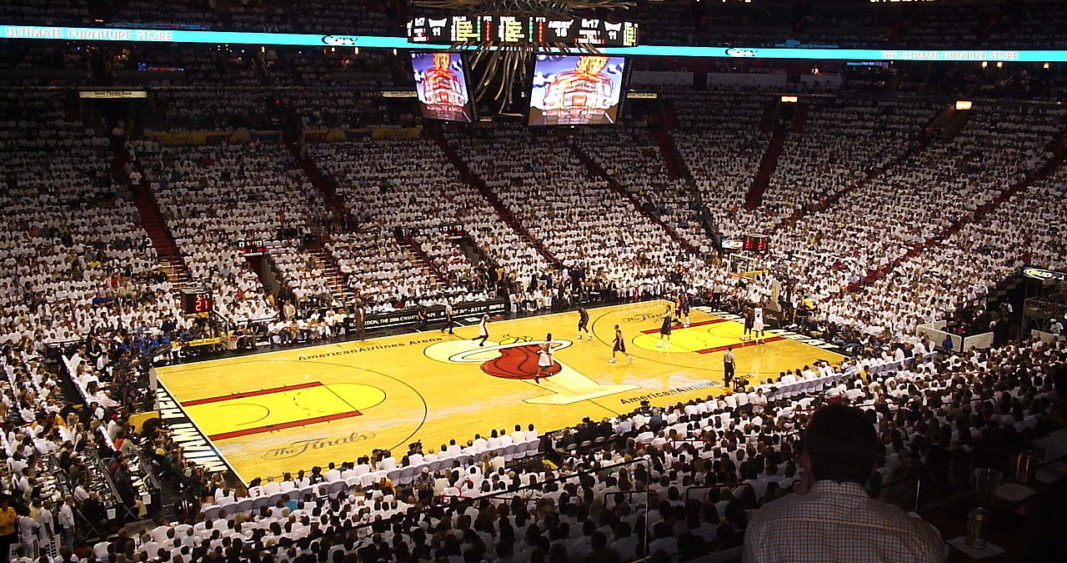
Getting Big Event Ready – Existing Facilities
Earlier this year, SSR released a blog post centered on design considerations for venues looking to host high profile sporting events. This post is a continuation, focused on existing facilities.
What began as an emergency response to a loss of cooling caused by a breaker failure in the electrical systems during Game 1 of the 2014 NBA Finals has led to nearly a decade of SSR guiding professional leagues, owners, and operations staff to ensure their facilities’ mechanical, electrical, and plumbing systems are adequately prepared for hosting big events.
Early the next morning after Game 1, I received a phone call from Erin Schnieders with the NBA asking if I’d be available to come to the AT&T Center, home of the San Antonio Spurs, to help investigate an issue that had occurred at the arena shortly before tipoff of the previous night’s game. The breaker failure left the arena without air conditioning and inside temperatures reached as high as 90 degrees during the game. This created issues for both players and spectators. LeBron James, then playing for the Miami Heat, had to exit the game due to leg cramps. The NBA requested assistance from SSR to represent their interests and work with building engineers to identify the root cause of the failure and to find a solution before Game 2.
It was determined that an electrical issue—a faulty breaker—caused the power failure to the HVAC system. I called in my electrical colleague, Scott Terry, and together with the arena staff were able to identify a solution, schedule, and contingency plan. The facility had a second breaker that served the ice chiller and, since it was not being used at the time, we pulled parts from it to get the faulty breaker back online. A second, new breaker was also located and brought to the arena as a contingency plan if the repaired breaker failed again. Game 2, with Scott Terry in attendance, took place as scheduled with no issues.
After the fiasco in San Antonio, the NBA engaged SSR to review every arena in the league and compile a database of information including general building stats and a summary of the mechanical, electrical, and plumbing systems. This database and accompanying reports were then used to generate a facilities scorecard to help the NBA assess each arena ahead of high-profile events like the All-Star game, Playoffs, or Finals games. The scorecards allow the League to get ahead of potential infrastructure issues and take on these high-profile events with confidence. We’ve since entered a similar engagement with the NHL to review the electrical systems at all arenas in the league during NHL playoffs and finals along with the Winter Classic venues.
If you’re an owner or operator of an existing venue, especially one with some age, that’s looking to host a high-profile event, SSR highly recommends performing a facility assessment that reviews your building’s infrastructure well before the event date. These assessments can be used to generate a report and database that provides an overview of the different systems, equipment, and loads that currently serve your building and identifies items that could potentially be a point of failure and create problems. We recommend these assessments be conducted on a reoccurring basis (ideally annually) to ensure that data is accurate and current.
Here’s a high-level look at what SSR suggests being included in a typical venue assessment.
| General Building | Mechanical | Electrical | Plumbing |
|
Age – Year Opened Major Upgrade Dates |
Central Cooling Systems Central Heating Systems Peak Cooling Demand Peak Heating Demand Bowl Air Handling System BMS and Controls |
Utility Provider Electrical Service Review Peak Power Demand Emergency Power Generators Sports Lighting Fire Alarm System |
Utility Provider Domestic Water Service Peak Water Demand Domestic Water Pumps Fire Pump |
For each of these items, a system summary is provided along with a REDUNDANCY PLAN, RISK ASSESSMENT, and RECOMMENDATIONS to the operations staff for a successful big event. Once risk is summarized for each individual system, then an overall aggregate SYSTEMS RISK LEVEL can be assigned for the entire venue.
If you’d like assistance generating your own database or would like SSR to establish one for you, we’re prepared to help guide you through this process. From a single venue to league wide, we want you to feel confident in your ability to successfully host the next big event.








